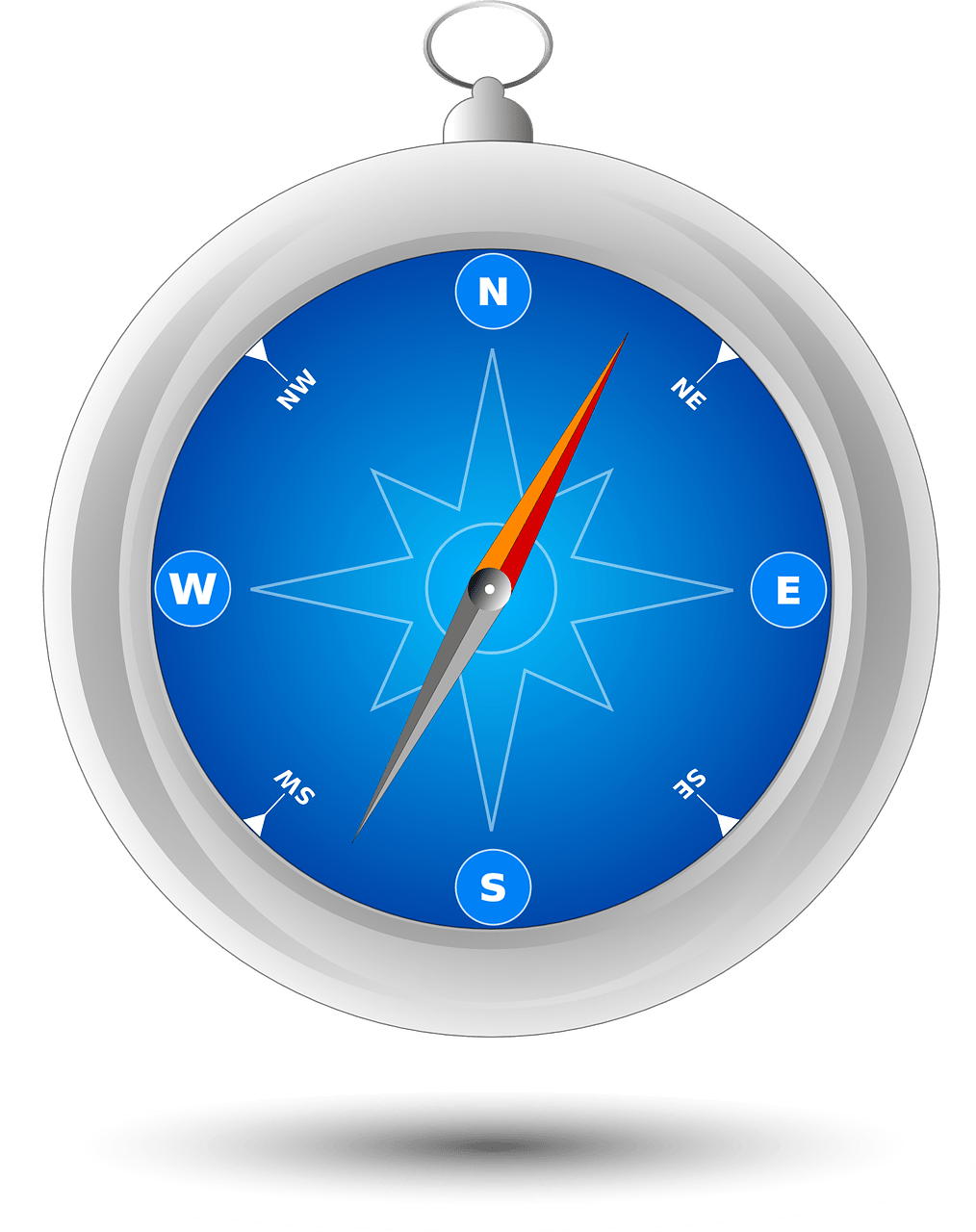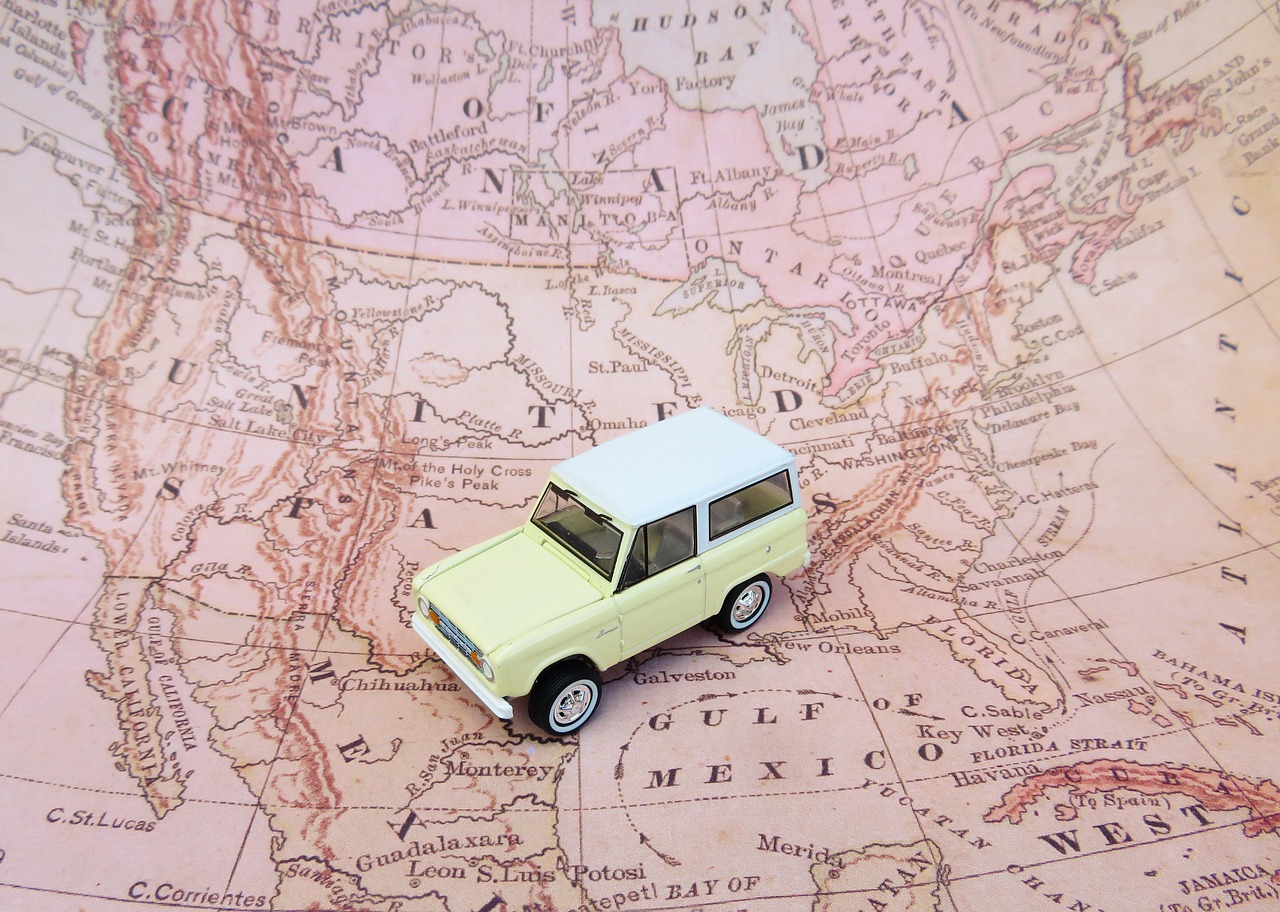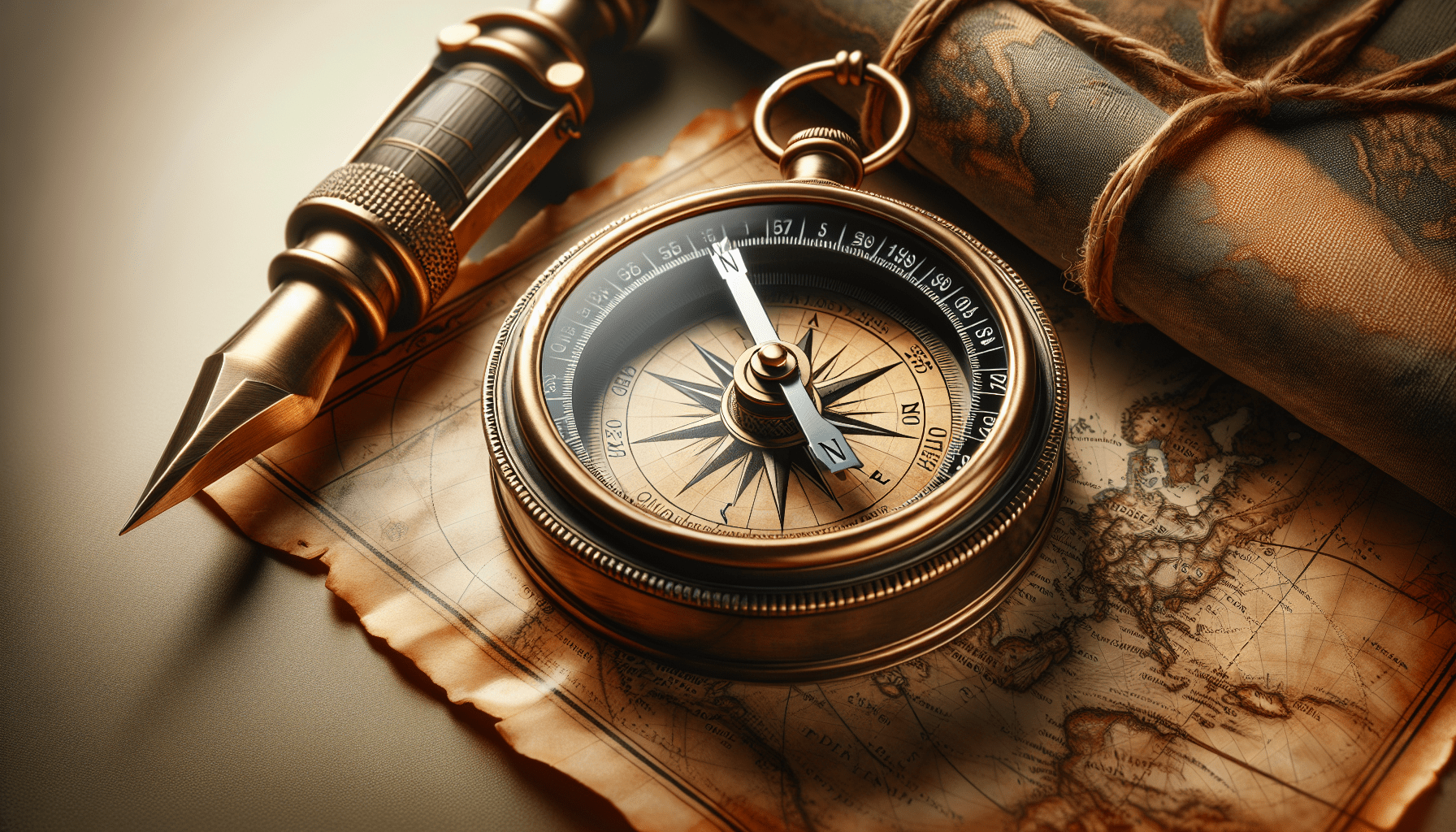So, you’ve got a compass and a map, but you’re not quite sure how to put them to good use. Well, fear not, because in this article, we’ll guide you through the best ways to utilize these invaluable tools. Whether you’re an outdoor enthusiast or simply someone looking to improve your navigation skills, we’ll show you how to confidently navigate any terrain using a compass and map. So, grab your compass, unfold your map, and get ready to embark on a journey of discovery!

Understanding the Basics
When it comes to navigating with a compass and map, it’s important to start with the basics. Getting familiar with the compass is the first step, as it will be your guide in determining directions. Learn how to read the compass dial and understand the cardinal directions – north, south, east, and west. Familiarize yourself with the needle and how it points towards magnetic north.
Once you have a good grasp of the compass, it’s time to understand map symbols and legends. Maps are filled with symbols that represent various features such as rivers, roads, and landmarks. Legends or keys provide explanations for these symbols, ensuring that you can interpret and navigate the map accurately. Take some time to study different types of symbols and their meanings, so you can easily understand any map you encounter.
Orienting the Map
Before you can start navigating, you need to orient the map to align it with the real-world directions. Determining the north direction is crucial in this step. The compass can help you find north by using the magnetic needle. Hold the compass flat and level, making sure the needle settles. The end of the needle pointing towards N represents north. This step ensures that your map aligns with the actual terrain around you, allowing for accurate navigation.
After determining the north direction, aligning the map with the compass is the next step. Place the compass on the map, making sure the edge of the baseplate aligns with the map’s north-south grid lines. Rotate the entire map and compass together until the compass’s north arrow is aligned with the grid lines. Once the north arrow is aligned, your map is correctly oriented and ready for navigation.

Taking Bearings
Taking bearings involves using the compass to determine the direction from your current location to a destination. First, choose your destination – this could be a landmark, a campsite, or any specific point on the map you want to reach. Then, identify prominent landmarks or features on the map that you can use as reference points to guide you towards your destination.
Hold the compass in front of you with the compass baseplate parallel to the map. Align the orienting lines on the baseplate with the desired landmark or feature on the map. Keep the compass in this position, making sure the direction of travel arrow points towards the landmark. The needle should remain aligned with the orienting lines. Now, turn your body until the north arrow on the compass aligns with the needle. The direction of travel arrow now points towards your destination, giving you the correct bearing to follow.
Following a Bearing
Once you have determined your bearing, it’s time to follow it and navigate towards your destination. Using a baseplate compass is particularly useful for this task. Hold the compass steady in front of you, making sure the direction of travel arrow points directly at your destination. Now, turn your body and keep the compass aligned with the bearing as you walk. Maintain a straight path by periodically checking the compass and adjusting your direction if necessary.
It’s important to stay focused on the compass, but also be aware of your surroundings. Look for prominent landmarks or features along the way that match what you identified on the map. This will help you confirm that you’re on the right track and provide additional assurance in your navigation.

Using Triangulation
Triangulation is a useful technique for locating your position on the map and identifying landmarks from multiple points. To use this technique, you need at least two identifiable landmarks that you can see from your current location. Ideally, these landmarks should be spread out and provide a clear line of sight.
Point the compass at one of the landmarks and follow the steps to take a bearing as mentioned earlier. Record the bearing on your map with a line originating from your current location. Repeat the process for the second landmark and draw another line on the map. Where the two lines intersect is your estimated location.
This method provides a more accurate fix on your position and helps you verify your location if there is any uncertainty. It’s a valuable technique for navigating in unfamiliar terrain or when you need to pinpoint your position precisely.
Navigating with Map Contours
Understanding contour lines on a map is essential for navigating through varying terrains and determining elevation gain. Contour lines depict changes in elevation, allowing you to visualize the shape of the land. Each line represents a specific elevation, and the closer the lines are together, the steeper the slope.
By carefully examining the contour lines, you can identify hills, valleys, and ridges on the map. This information helps you plan your route and anticipate any challenging terrain you may encounter along the way. Pay attention to the contour intervals specified on the map’s legend, as they indicate the vertical distance between contour lines.
Using contours for elevation gain is particularly useful when hiking or climbing. By estimating the elevation gain between two contour lines, you can determine how steep the ascent or descent will be. This knowledge allows you to plan your route accordingly and ensure a safe and comfortable journey.

Using Scale and Distance
Measuring and calculating distances accurately is crucial for effective navigation. Maps typically have a scale bar that provides a ratio between a given distance on the map and the corresponding distance in real life. Use a ruler or the edge of the compass baseplate to measure the distance you need to travel on the map. Then, refer to the scale bar to calculate how far the same distance would be in actual terrain.
Estimating the time of arrival is another aspect of navigating with a map and compass. Take into account your average walking speed, the distance to be covered, and any additional factors like terrain difficulty or breaks. By estimating the time it will take to reach your destination, you can plan your trip more effectively and ensure you have enough time for rest, exploration, or any other activities along the way.
Navigating at Night
Navigating at night poses its own set of challenges, but with the right techniques, it can be done safely and confidently. Using a compass with a night navigation tool, such as a luminous dial or a flashlight attachment, can help you read the compass in low light conditions. These tools provide illumination and make it easier to determine your bearing accurately.
In addition to a compass with night navigation capabilities, using flashlights to read maps is essential. Carry a headlamp or a flashlight with a red filter, as red light does not disrupt your night vision as much as white light. This allows you to read the map without compromising your ability to see in the dark. The combination of a compass with a night navigation tool and a red-light flashlight will greatly enhance your night navigation skills.

Navigating in Challenging Terrain
Certain terrains can pose unique navigation difficulties, but with some techniques, you can navigate through them effectively. Dense forests can impede your line of sight, making it challenging to identify landmarks or maintain a straight path. In such cases, rely on your baseplate compass to guide you. Take frequent bearings toward your destination and use terrain features like streams, clearings, or rock formations as reference points along the way. With careful attention to your compass and surroundings, you can successfully navigate through dense forests.
Hills and valleys also present navigational challenges, particularly when slopes are steep or the terrain is uneven. In these situations, it’s important to adjust your route accordingly to ensure safety and efficiency. Pay attention to contour lines and choose a path that minimizes steep ascents or descents. Look for ridges or saddles that may provide easier passage. By analyzing the map and considering the terrain, you can navigate hills and valleys with confidence.
Technical Tips and Techniques
As you delve deeper into compass and map navigation, there are a few additional tips and techniques worth exploring. One such technique is declination adjustment. Declination is the difference between true north and magnetic north, and it varies depending on your location. By adjusting your compass to account for declination, you can ensure that your bearings are aligned with true north and avoid any navigational errors.
Another technique to consider is using back bearings and resections. Back bearings involve taking a bearing in the opposite direction from your destination, allowing you to verify that you are on the correct path. This technique helps to confirm your location and provides an added layer of confidence in your navigation.
Resections involve taking bearings to three or more known landmarks and identifying where those bearing lines intersect. This technique is particularly useful when you are uncertain of your exact location and need to obtain a fix. By triangulating multiple known points, you can accurately pinpoint your position on the map.
Conclusion
Using a compass and map effectively is an invaluable skill for outdoor enthusiasts, hikers, and adventurers alike. By understanding the basics, orienting the map correctly, taking accurate bearings, and employing various navigation techniques, you can confidently explore unfamiliar terrain and reach your desired destinations. Remember to practice these skills in different environments and continue learning to become a proficient navigator. So grab your compass, unfold that map, and let your sense of adventure lead the way!
